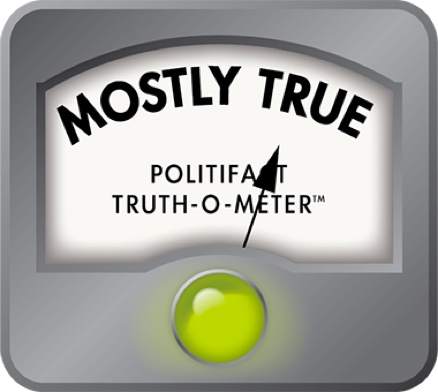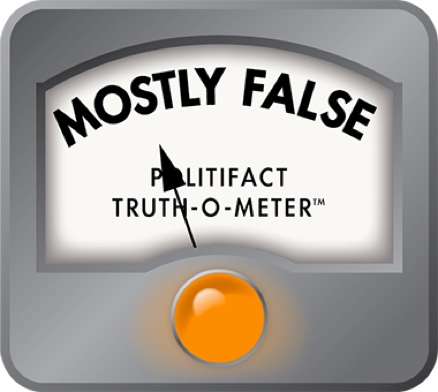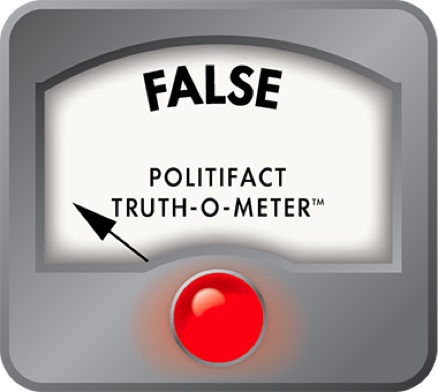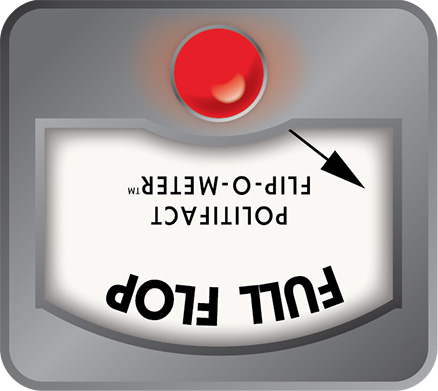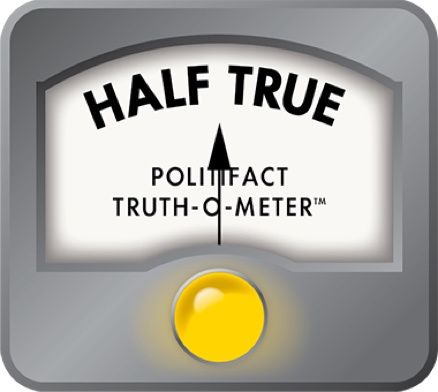Stand up for the facts!
Our only agenda is to publish the truth so you can be an informed participant in democracy.
We need your help.
I would like to contribute
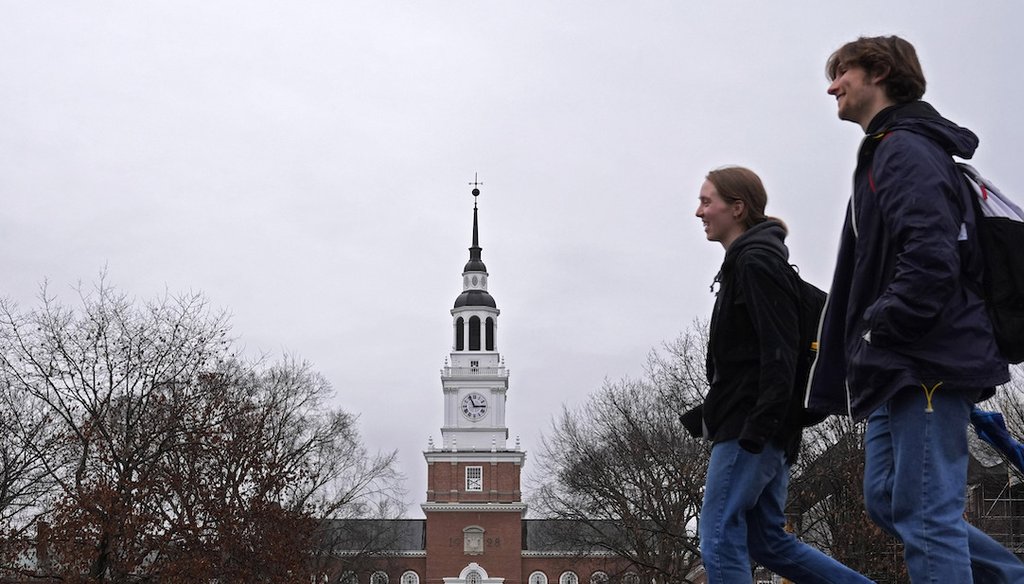
FILE - Students cross the campus of Dartmouth College, March 5, 2024, in Hanover, N.H. (AP)
Sen. Ruben Gallego is mostly right: American men trail women in higher education at historic levels
If Your Time is short
-
According to the National Center for Education Statistics, four men were enrolled in postsecondary institutions for every six women in 2023, a historic low.
-
Men are less likely to enroll in and complete college than women. The American Council of Education said this trend is more pronounced among Black and Latino men.
-
Experts link decreased male college attainment levels in part to K-12 educational disparities on measures such as grade point average.
Arizona Democratic Sen. Ruben Gallego said his political party needs to work harder to appeal to men, given how male voters helped propel President Donald Trump to his 2024 victory.
"A lot of Democrats don’t even try talking to men," Gallego said on the March 24 "Raging Moderates" podcast episode. "We don’t talk about the fact that they have the lowest college attainment rate ever, that they are living at home with their parents, they are not having success."
Data shows Gallego — who stood out among 2024’s campaigning Democrats in part because he made appealing to men a central part of his messaging — is largely accurate on male college attainment levels.
Education experts use the term "college attainment" to describe different things — in some cases, it refers to college completion rates; in others, it refers to any college experience. Gallego didn’t specify in the podcast what he was describing, but his spokesperson told us later he was referring to the share of male population on campus. Gallego’s overall point that men are attending postsecondary educational institutions at lower rates than women has been widely reported by think tanks and news outlets.
According to the National Center for Education Statistics, four men were enrolled in postsecondary institutions for every six women in 2023, a historic low. This shift is a reversal of historical norms. The first U.S. woman to obtain a degree, Catherine Benson, graduated in 1840. Before then, higher education in the United States was reserved exclusively for men. Women have comprised more than 50% of college enrollment since 1979 and the proportion of women in higher education has only grown.
Overall male enrollment numbers have increased since data was first collected in 1869 because of general population growth and larger numbers of degree-granting institutions. But the percentage of degrees conferred on men has shrunk at every degree level, per the National Center for Education Statistics.
The most recent data from 2020 graduates shows that, for women, the four-year degree completion rate is 53.7%. For men, it’s 43.4%.
Richard Reeves, director of the American Institute for Boys and Men and author of 2022’s "Of Boys and Men: Why the Modern Male Is Struggling, Why It Matters, and What to Do About It," said two main factors drive the college completion gap.
One reason is that they're less likely to enroll than women, and the other is that they are less likely than women to complete a degree within four years, he said.
The disparity is more pronounced for Black and Latino men, who are more than 10 percentage points less likely than white and Asian males to attend or complete college, according to the American Council on Education.
Since 2008, male college enrollment has hovered around 8.4 million in the U.S. per academic year, while female enrollment has steadily increased. In 2022, 57% of male high school graduates enrolled in college, compared with 66% of their female peers. That 57% is the same as in 1964.
"The gender gap in college is reflecting the gaps that have been accumulating all the way through the K-12 system, as opposed to causing them," Reeves said. "It's not like girls and boys come out of high school equally prepared for college, and then something happens. The girls come out significantly ahead of the boys, especially on things like GPA."
Fewer men think college is beneficial to their post-high school careers, and fewer men want to continue school when they are already lagging their female peers in K-12, Reeves said. Campus-specific surveys show that men increasingly report feeling alienated on college campuses, he said. "They'll very often say that they'll find that the male students are the ones who just don't quite feel it ‘fits,’" Reeves said.
Our ruling
Gallego said men now "have the lowest college attainment rate ever."
Gallego’s spokesperson told us he was referring to the share of college students who are men.
Although male enrollment raw numbers are higher today than they were in 1869 because of general population growth, National Center for Education Statistics data shows that men have fallen behind women in higher education enrollment and degree completion. National Center for Education Statistics data shows four men were enrolled in postsecondary institutions for every six women in 2023, a historic low.
Data from 2020 graduates shows that for women, the four-year degree completion rate is 53.7%, and for men, it’s 43.4%.
We rate this claim Mostly True.
Our Sources
Phone interview with Richard Reeves
Email Correspondence with the office of Senator Ruben Gallego
National Center for Education Statistics, Historical summary of faculty, enrollment, degrees conferred, and finances in degree-granting postsecondary institutions: Selected academic years, 1869-70 through 2020-21, May 2023.
National Center for Education Statistics, Total fall enrollment in degree-granting postsecondary institutions, by attendance status, sex of student, and control of institution: Selected years, 1947 through 2031, December 2023.
National Center for Education Statistics, Percentage of 18- to 24-year-olds enrolled in college, by level of institution and sex and race/ethnicity of student: 1970 through 2022, August 2023.
National Center for Education Statistics, Number of recent high school completers and percent enrolled in college, by sex and level of institution: 1960 through 2022, July 2023.
National Center for Education Statistics, Graduation rate from first institution attended for first-time, full-time bachelor's degree-seeking students at 4-year postsecondary institutions, by race/ethnicity, time to completion, sex, control of institution, and percentage of applications accepted: Selected cohort entry years, 1996 through 2016, January 2024.
American Council on Education, Educational Attainment by Race and Ethnicity.
American Institute for Boys and Men, Degrees of Difference: Male College Enrollment and Completion, March 29, 2024
Brookings Institution, The male college crisis is not just in enrollment, but completion, Oct. 8, 2021.
Education Data Initiative, College Graduation Statistics [2023], March 15, 2024.
Washington Post, Ruben Gallego has a blueprint to win Latino men. Will Democrats listen?, Nov. 15, 2024
Browse the Truth-O-Meter
More by Claire Cranford
Sen. Ruben Gallego is mostly right: American men trail women in higher education at historic levels
Support independent fact-checking.
Become a member!
In a world of wild talk and fake news, help us stand up for the facts.



